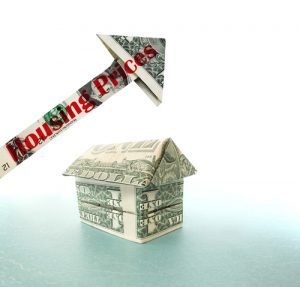 As sellers make a killing in a housing market that’s high on prices and low on inventories, homebuyers are looking at more affordable alternatives to the traditional single family home. Recent trends suggest a rise in the number of alternative homes such as granny flats, manufactured or modular homes and trailer parks that are modern, energy-efficient, and most importantly, affordable for buyers, especially those taking their first steps into the housing market.
As sellers make a killing in a housing market that’s high on prices and low on inventories, homebuyers are looking at more affordable alternatives to the traditional single family home. Recent trends suggest a rise in the number of alternative homes such as granny flats, manufactured or modular homes and trailer parks that are modern, energy-efficient, and most importantly, affordable for buyers, especially those taking their first steps into the housing market.
This trend is especially taking off in markets such as San Francisco, Oakland, and San Jose where the shortage in housing inventory has led to the cities looking for solutions to the rising demand for housing, according to an article published by The Mercury News. For example, after the Senate Bill 1069 became law in January 2017, the prices for building an in-law suite unit was slashed by $60,000 for some homeowners.
As a result, the number of building permit applications for in-law units, or accessory dwelling units in San Jose, increased five-fold from 28 in 2015 to 166 in 2017 according to a report from UC Berkeley’s Terner Center for Housing Innovation, quoted in the article. In Oakland, the number of applications submitted during that time grew from 33 to 247 and in San Francisco, which probably faces the biggest housing shortage, they spiked from 41 to 593.
These changes have led to a booming business for developers specializing in in-law units, that are built in a home’s backyard and cover an area of about 300-500 square feet.
These alternatives are increasingly attractive for retiring baby boomers as well as young families that are just starting out. According to statistics published by the Manufactured Housing Institute, the average cost of a manufactured home (not including land) is $70,600, compared to $286,814 for a traditional single family home, making it a more affordable alternative.

 theMReport.com Your trusted source for mortgage banking news
theMReport.com Your trusted source for mortgage banking news








